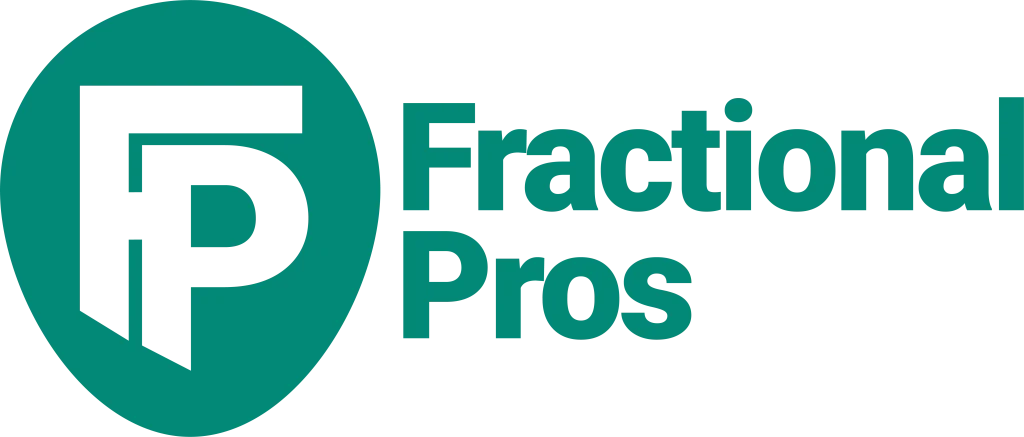How AI-Powered Peer Groups Are Revolutionizing Business Development for Fractional Executives
The rise of fractional executives—seasoned professionals offering part-time, high-impact leadership—has reshaped how businesses access strategic expertise. As this model matures, a new innovation is amplifying its value: AI-powered peer groups. These collaborative networks combine human insight with machine efficiency, solving a critical challenge for fractional leaders—scaling business development while maintaining thought leadership. By automating content creation, enhancing cross-functional collaboration, and generating measurable ROI, these groups are redefining what it means to build a fractional practice.
Define the Situation: The Evolution of Fractional Leadership
Fractional executives have long filled gaps in leadership for small-to-midsize businesses (SMBs) that lack resources for full-time C-suite roles. However, traditional fractional work often isolates professionals, limiting opportunities for knowledge exchange and collaborative problem-solving. As Rich Taylor notes, “It’s not just someone you know who’s another fractional—it’s about having relationships with partners you trust to deliver value collectively.”
Solo fractional practitioners face three systemic challenges: content creation bottlenecks, fragmented visibility, and missed cross-selling opportunities. Without trusted peers in complementary disciplines, executives leave revenue untapped. AI-powered peer groups address these gaps by creating structured, scalable collaboration frameworks. Marshall Poindexter emphasizes, “These groups position us as solution providers, not just individual experts.”
Benefits and Risks: How AI Transforms Peer Interactions
At the core of this revolution lies a workflow that converts peer group discussions into targeted marketing assets. Fanny Ramos explains:
“When we have the monthly peer group session, the AI takes the recording and transcript, generates five blog post ideas, then drafts a post with quotes and references. Attendees get personalized LinkedIn posts and video snippets—all with minimal human intervention.”
Benefits:
- Content Automation: AI analyzes transcripts using natural language processing to identify key themes, actionable insights, and participant contributions. The result is a steady stream of blog posts, social assets, and video clips, all optimized for engagement and SEO.
- Cross-Functional Lead Generation: Groups assemble fractional CMOs, CFOs, and CTOs serving the same vertical. The AI notes relevant expertise and auto-generates case studies, positioning members as a cohesive leadership team.
- Quantifiable ROI: AI tracks which assets drive prospect inquiries, allowing groups to refine messaging. Pilot programs have shown significant ROI through client acquisitions linked to AI-generated content.
- Visibility Flywheel: Collaborative content and cross-promotion amplify personal brands, with AI-optimized posts achieving higher engagement than manual efforts.
Risks:
- Over-Reliance on AI: While AI handles much of the grunt work, human oversight remains critical. Structured meeting agendas and regular content audits are necessary to maintain quality and relevance.
- Quality Control: Not all AI-generated content meets the standards of every executive. Groups must use AI drafts as foundations, not final products, and ensure outputs align with their brand voice.
- Group Selection: The effectiveness of peer groups depends on member commitment, niche alignment, and clear governance for content usage and lead sharing.
Future Prospects or Impacts: The Next Wave of AI-Enabled Fractional Leadership
As AI matures, peer groups are poised to evolve in several directions:
- Predictive Lead Scoring: AI will analyze client discovery calls to identify which peer solutions fit prospect needs, streamlining business development.
- Dynamic Content Repurposing: Real-time AI could generate social posts and marketing assets before meetings even conclude, accelerating the content cycle.
- Global Collaboration: AI-powered translation and localization will enable fractional executives from different regions to co-create and share content seamlessly, expanding the reach and diversity of peer groups.
These advancements promise to make fractional leadership more agile, data-driven, and globally connected.
Takeaways and Lessons
AI-powered peer groups are transforming the business development landscape for fractional executives. By turning collaborative discussions into scalable content and lead generation systems, these groups address the core challenges of isolation, visibility, and growth. The most successful fractional leaders will be those who combine AI efficiency with human insight, leveraging structured peer networks to deliver greater value to clients and themselves. For SMBs, this means faster access to tailored solutions delivered by teams that evolve with their needs.
Conclusion
AI-powered peer groups represent a paradigm shift for fractional executives, enabling them to scale their impact and visibility while maintaining the quality of their expertise. By automating content creation and fostering strategic collaboration, these groups are setting a new standard for business development in the fractional space. As the model continues to evolve, the future of fractional work looks increasingly networked, intelligent, and results-focused.
Sources
- Allura Partners: What is a Fractional Executive?
- MIT: Peer Grouping in Business
- Sales Xceleration: Guide to Use Fractional Executive
- AT&T Business: Revolutionizing the Role of AI in Networking
- Association of Business Mentors: Benefits of Joining a Peer Group
- AInvest: AI-Driven Content Creation
- Marketing AI Institute: AI-Based Marketing Personalization
- Fractional Pros: Membership
- Prism Digital: Why AI is Fueling the Rise of the Fractional CMO
- HockeyStack: How to Measure B2B Marketing ROI
- GetNoan: Every Fractional Exec Needs to Carry an AI Toolkit
- AInvest: AI Content Revolution
- Meetup: Fractional Executives Networking
- Investopedia: Peer Group
- Copy.ai: Create Content from a Transcript
- Opus Pro: ClipAnything
- Consulting.us: To Grow, Consulting Firms Must Prove ROI
Related Articles on CertaintyNews:

